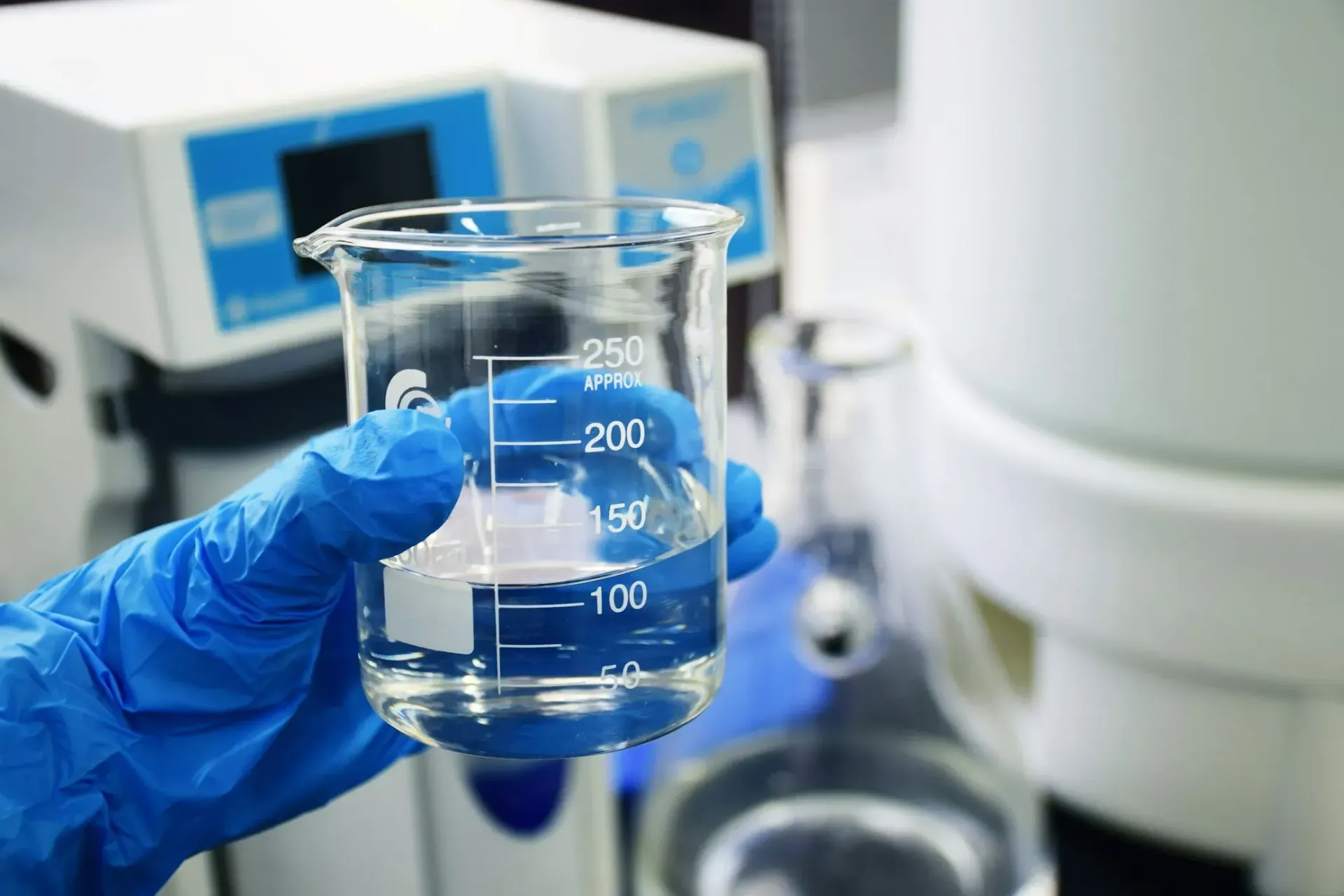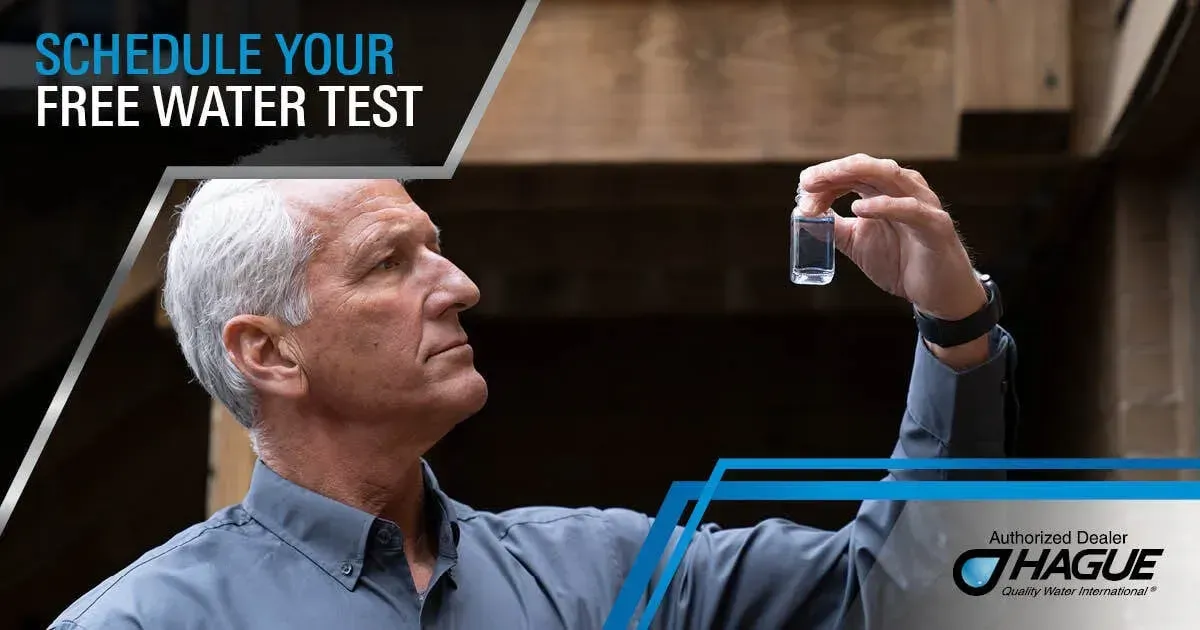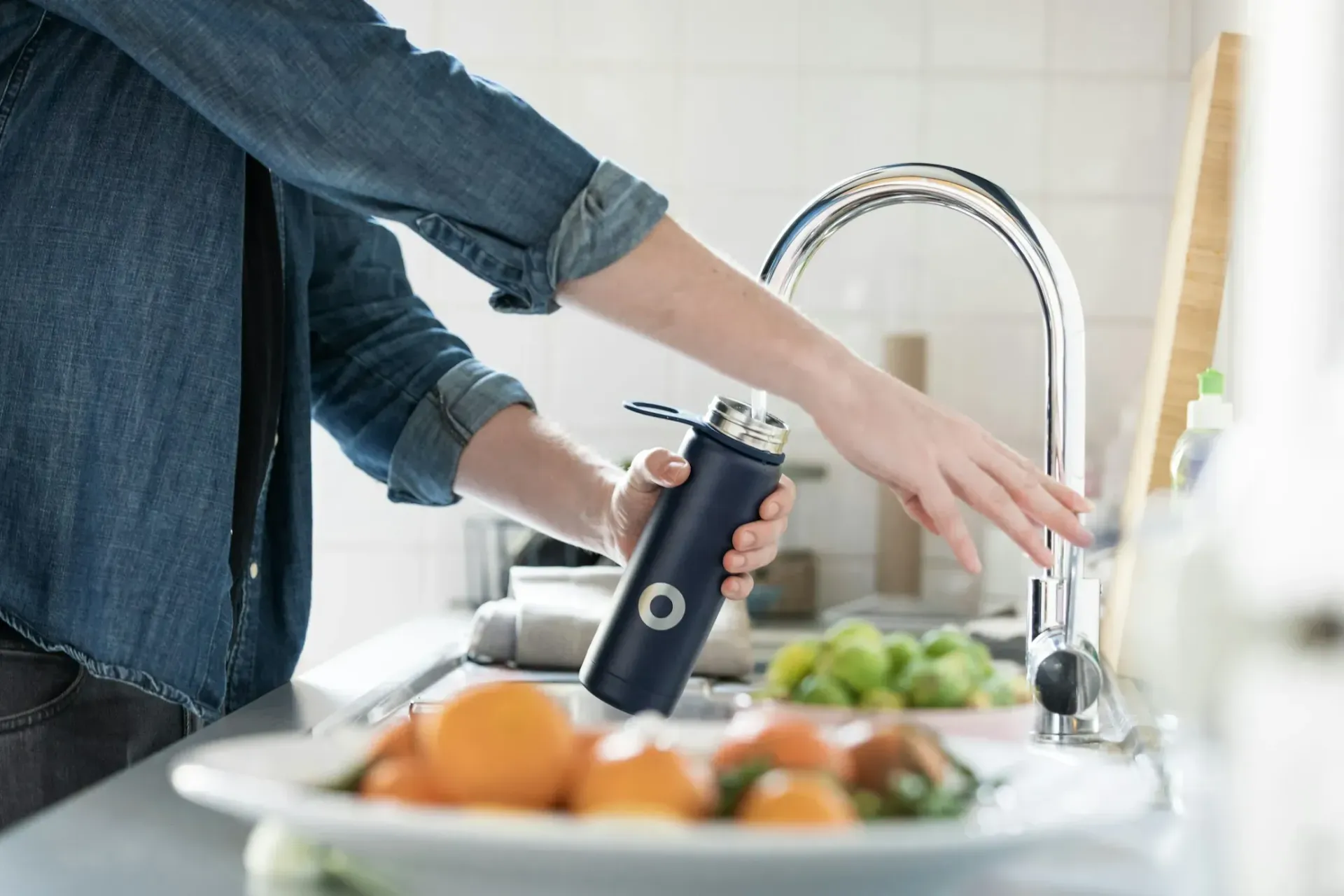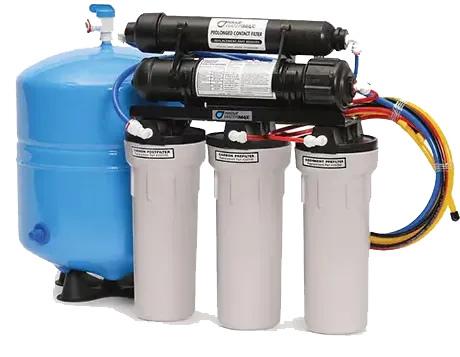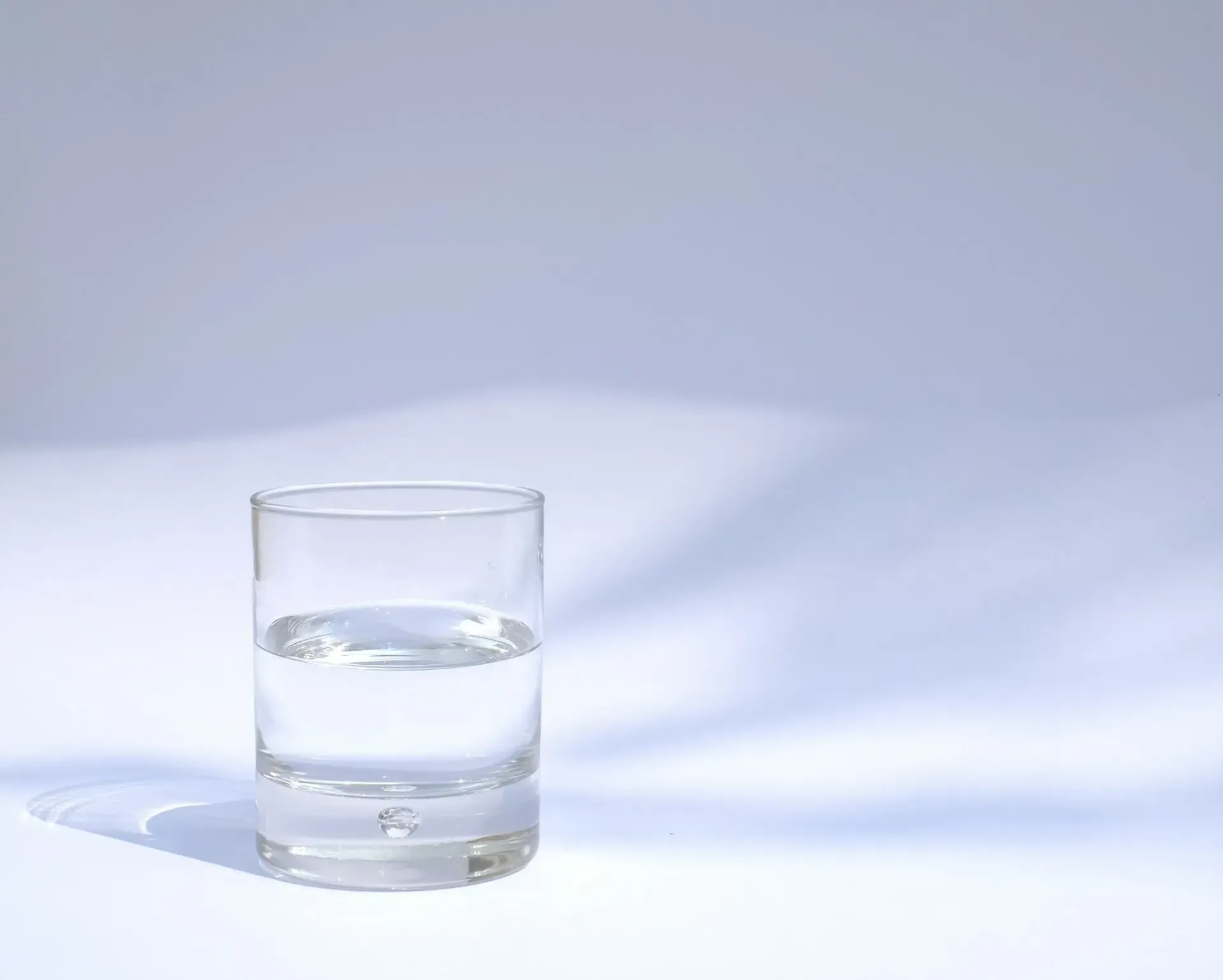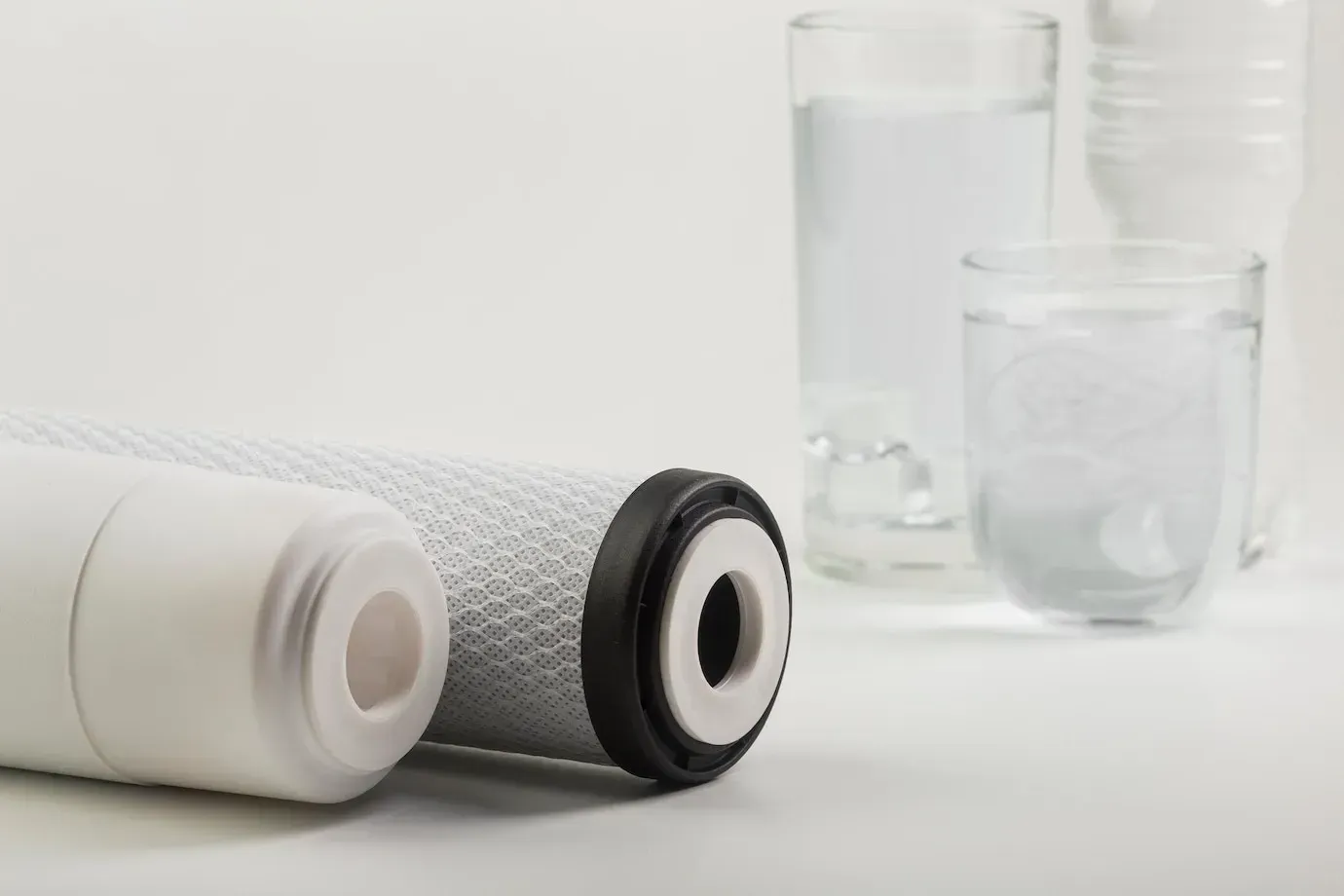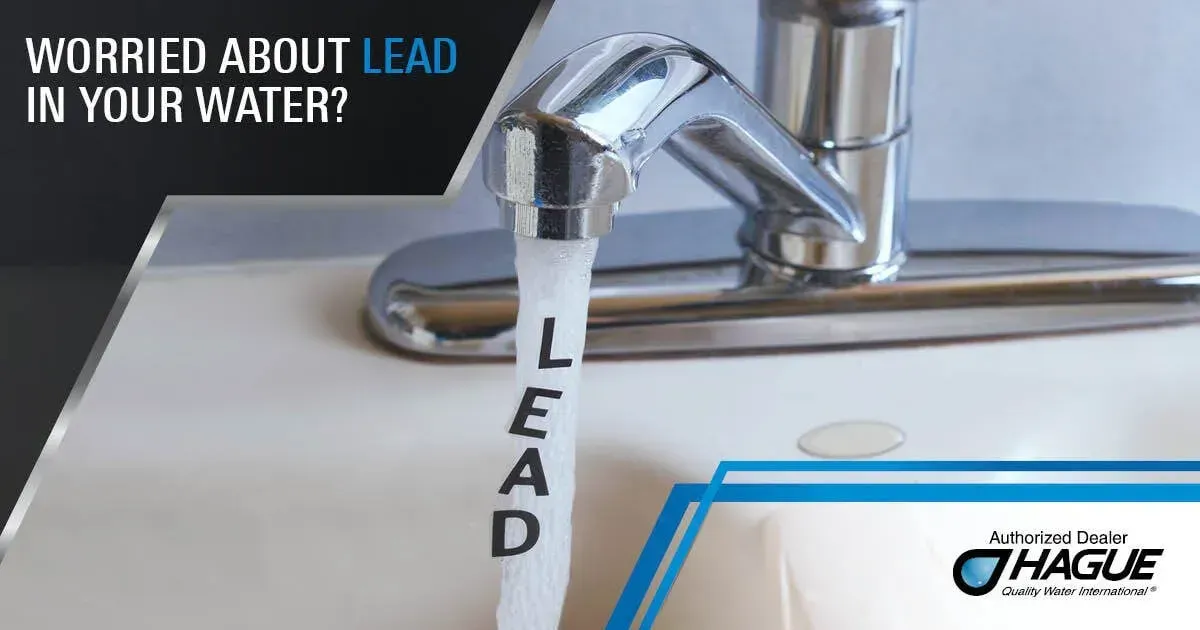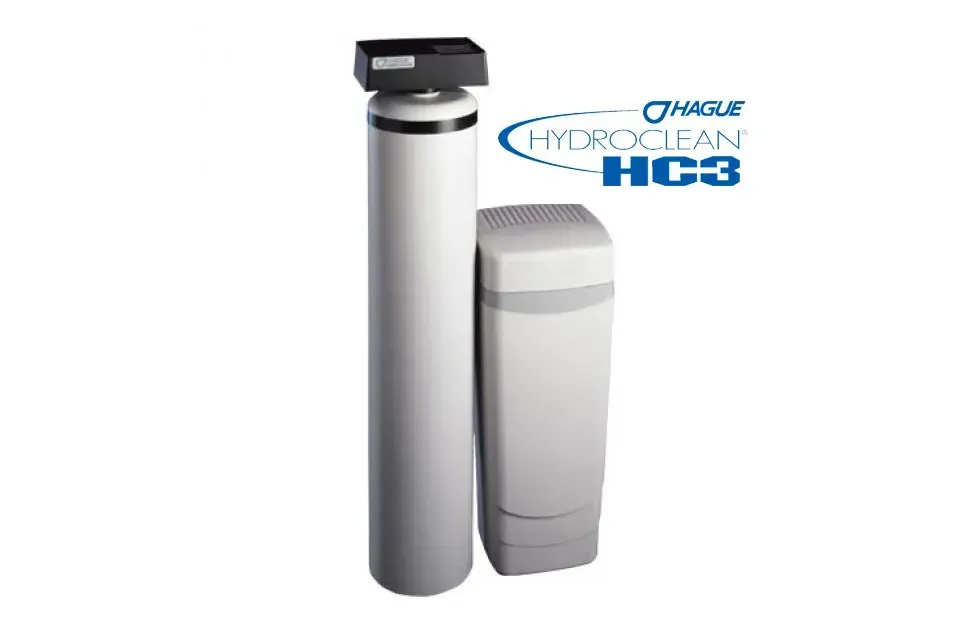
Maintaining Your Water Softener: Easy DIY Maintenance Tips
Enjoying soft water every day? Your water softener is doing all the work behind the scenes—protecting your pipes, helping your appliances run better, and keeping your skin and hair feeling smooth. But to keep it working right, you’ve got to show it a little love.
That’s where water softener maintenance DIY comes in. Taking care of your system doesn’t have to be hard or expensive. With a few simple steps, you can keep it running well, avoid breakdowns, and even make it last longer. No need to call a pro for every little thing.
In this guide, we’ll share
easy tips for cleaning, refilling, and checking your softener. You’ll also learn how to fix common issues and keep your water clean and hassle-free. Let’s make soft water a sure thing—every day.
Understanding Your Water Softener
Before you roll up your sleeves, let's get acquainted with your water softener and how it works. At its heart, a water softener is a system designed to remove minerals like calcium and magnesium from your water, which cause hardness. It's these hard minerals that can lead to buildup in pipes and appliances, reducing efficiency and lifespan. Depending on the type of softener you have, the process it uses to remove these minerals may vary.
How Water Softeners Work
The most common type of water softener is a salt-based system that uses ion exchange. This process swaps the hard minerals in your water with sodium or potassium ions from the softener's salt. As water flows through the resin bed inside the softener, the exchange takes place, and softened water flows out to your home.
Types of Water Softeners
- Salt-Based Softeners: These are the most prevalent and require regular refilling of salt in the brine tank.
- Salt-Free Softeners: Rather than removing hard minerals, these systems condition the water, preventing minerals from depositing as scale.
Why Maintenance Matters
Understanding your system is crucial because maintenance varies depending on the type. Regular checks and balances ensure your softener continues to function effectively, providing your home with soft water. It's not just about adding salt to the tank; it involves monitoring for signs of wear, ensuring settings are optimized for your water usage and hardness, and occasionally cleaning the system components.
By familiarizing yourself with your water softener, you're taking the first step towards effective maintenance. This knowledge not only helps in day-to-day upkeep but also empowers you to troubleshoot issues should they arise. With this foundation, we're ready to move on to the regular maintenance tasks that will keep your system in top shape.
Regular Maintenance Tips
Keeping your water softener in prime condition doesn't have to be a chore. By following a set of simple, regular maintenance routines, you can ensure your system runs efficiently and effectively, providing soft water without a hitch. Here’s how you can take charge:
Checking Salt Levels
One of the most critical aspects of maintaining a salt-based water softener is monitoring the salt level in the brine tank. It’s essential to ensure there's always enough salt, but not too much. A good rule of thumb is to keep the salt level at least half-full but no more than two-thirds full. This balance prevents both salt bridges—a hard crust that forms on the salt's surface, preventing proper regeneration—and salt mushing, a condition where dissolved salt recrystallizes and creates a sludge at the bottom of the tank.
Choosing the Right Salt
Not all salts are created equal when it comes to your water softener. You have three main options:
- Rock Salt: Less expensive but contains more impurities, which can lead to more maintenance.
- Solar Salt: More soluble than rock salt, making it a better choice for most systems.
- Evaporated Salt Pellets: The purest form of salt, recommended for its low impurity content.
For most homeowners, solar salt or evaporated salt pellets are the best choices, offering a good balance between cost and performance.
Cleaning the Brine Tank
Although not a frequent task, cleaning the brine tank every 1-2 years helps prevent issues. The process involves turning off the water softener, removing any remaining salt, cleaning the tank with soapy water, and then rinsing it thoroughly before refilling with fresh salt. This step is crucial for preventing salt bridges and mushing, ensuring the regeneration process works smoothly.
Adjusting Hardness Settings
Your water softener's efficiency greatly depends on it being set correctly for the hardness of your water. This might change over time due to variations in your water supply. Checking and adjusting the hardness settings on your softener according to the manufacturer's instructions ensures your system isn't working harder than it needs to. This not only saves on salt but also reduces wear and tear on the system.
Visual Inspections
Regularly inspect your water softener for any signs of leaks or wear. Pay special attention to connections and the salt tank. Spotting and addressing these issues early can prevent more significant problems down the line.
Troubleshooting Common Problems
Even with regular maintenance, you might encounter some issues with your water softener. Knowing how to troubleshoot common problems can save you time and money. Here’s a guide to identifying and resolving some of the most frequent challenges:
Issue 1: Salt Bridges
A salt bridge occurs when a hard crust forms in the brine tank, creating a gap between the water and the salt. This prevents the salt from dissolving into the water to form brine, which is essential for the regeneration process. To fix this, gently break the crust with a broom handle or a similar tool. Be careful not to damage the tank.
Issue 2: Salt Mushing
Salt mushing is the recrystallization of salt, which creates a sludge at the bottom of the brine tank. This can interrupt the regeneration cycle. Cleaning out the tank is the best solution. This involves emptying the tank, removing the sludge, and refilling it with fresh salt.
Issue 3: Resin Beads in Your Water
If you start noticing tiny, bead-like particles in your water, it could mean that the resin bed has started to break down. Resin beads are an essential part of the ion exchange process but should remain contained in the softener. If they’re escaping, it’s often a sign of a damaged screen or a serious malfunction. In most cases, this requires professional repair or replacement.
Issue 4: System Fails to Regenerate
If your water softener isn’t regenerating, it could be due to several reasons, such as incorrect settings, a malfunctioning timer, or issues with the control valve. Check the settings first to ensure they’re correct for your water usage and hardness level. If the problem persists, inspect the timer and control valve or consult a professional.
Issue 5: Hard Water Despite Softener
If you’re still getting hard water despite your softener running, it might be due to incorrect settings, exhausted resin beads, or a bypass valve being accidentally left open. Verify the hardness settings are correct and ensure the bypass valve is closed. If the issue continues, the resin bed might need replacement.
When to Call a Professional
While many water softener issues are manageable with DIY fixes, some problems require professional expertise. If you’re unsure about a repair, facing a complex issue, or if the system requires parts replaced, it’s best to consult a professional. Regular professional inspections can also preemptively address problems, ensuring your system operates efficiently.
Advanced Maintenance Techniques
Elevate your water softener's performance with these advanced maintenance tips:
Resin Bed Cleaning
Over time, iron, sediment, and other impurities can clog your resin bed, reducing efficiency. Use a resin cleaner designed for your system type and follow the manufacturer's instructions for use. Typically, this involves adding the cleaner to the brine tank, which then cleanses the resin bed during regeneration. Doing this annually keeps your system running smoothly.
Upgrading Components
Consider upgrading parts like the resin bed or control valve if your system is older. Newer components can offer better efficiency and reliability. Consult with a professional to determine if upgrades could benefit your system.
Automation Features
Modern water softeners come with features that automate much of the maintenance, such as self-cleaning cycles and salt level alerts. If you're due for a replacement or upgrade, look for models with these features to simplify your maintenance routine.
The Cost-Benefit Analysis of DIY vs. Professional Maintenance
Deciding between DIY and professional maintenance involves weighing costs against benefits:
DIY Maintenance: Offers cost savings and the satisfaction of self-reliance. Regular tasks like checking salt levels, cleaning the brine tank, and troubleshooting common issues are well within the reach of most homeowners. However, it requires time and a willingness to learn.
Professional Maintenance:
Ensures your system is in expert hands, potentially catching issues you might miss. It's more costly upfront but can save money in the long run by preventing major repairs or system failure.
In most cases, a hybrid approach works best. Handle regular maintenance yourself and enlist professionals for annual inspections or when faced with complex issues. This strategy offers a balance of cost-effectiveness and assurance that your system operates at its best.
Conclusion: Embrace Proactive Water Softener Maintenance
Maintaining your water softener is key to ensuring a steady supply of soft water, protecting your appliances, and saving money on repairs. By understanding your system, performing regular maintenance, troubleshooting common problems, and considering professional advice when necessary, you can keep your water softener running efficiently for years. Remember, a little effort goes a long way in guaranteeing the longevity and performance of your water softening system. Embrace these tips, and enjoy the benefits of soft water throughout your home.
Why Choose Puresoft Water Treatment Inc.?
Comprehensive Water Treatment Services
Puresoft Water Treatment Inc. offers a wide range of services tailored to ensure your water is pure, soft, and safe. From whole-house water softeners to sophisticated water filters, they provide solutions designed to meet your specific needs. Their services include:
Water Treatment: Transform your water quality with custom solutions that target and eliminate various contaminants.
Water Softeners: Say goodbye to hard water issues with advanced softening systems that protect your plumbing and appliances, ensuring softer skin and cleaner clothes.
Water Filters: Enjoy cleaner, safer drinking water with state-of-the-art filtration systems that remove impurities, taste, and odors.
Serving Central Indiana and Beyond
Puresoft's service area encompasses the heart of Central Indiana and extends to Westfield, Carmel, Brownsburg, Avon, Plainfield, Martinsville, and Mooresville. This wide coverage ensures that quality water treatment solutions are just a call away, no matter where you are in the region.
